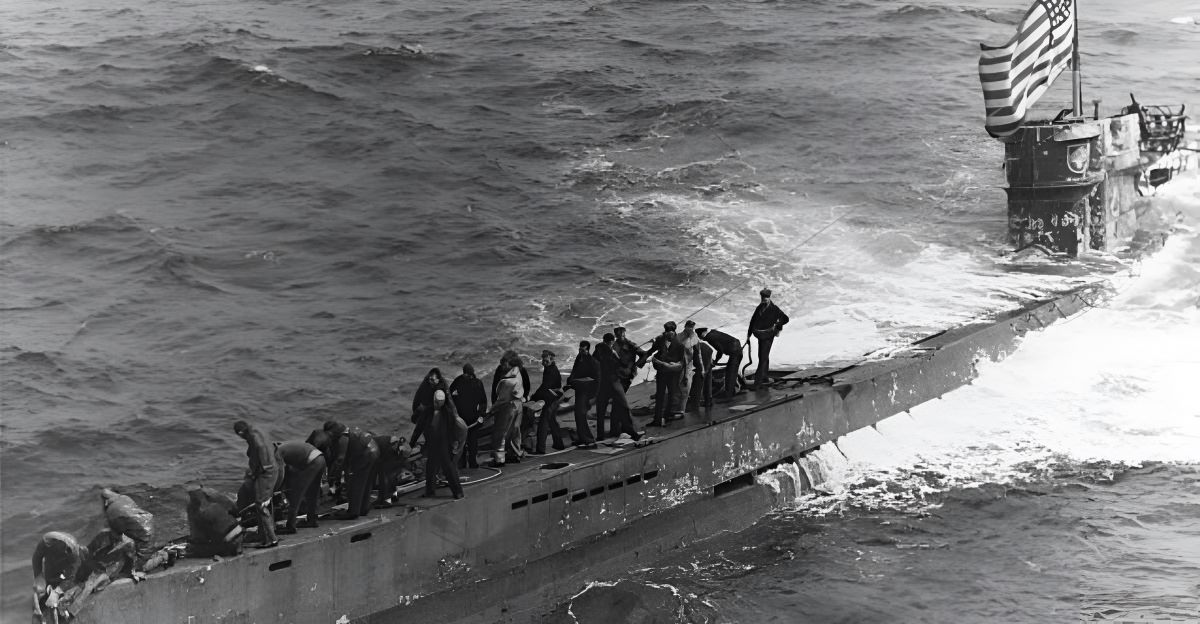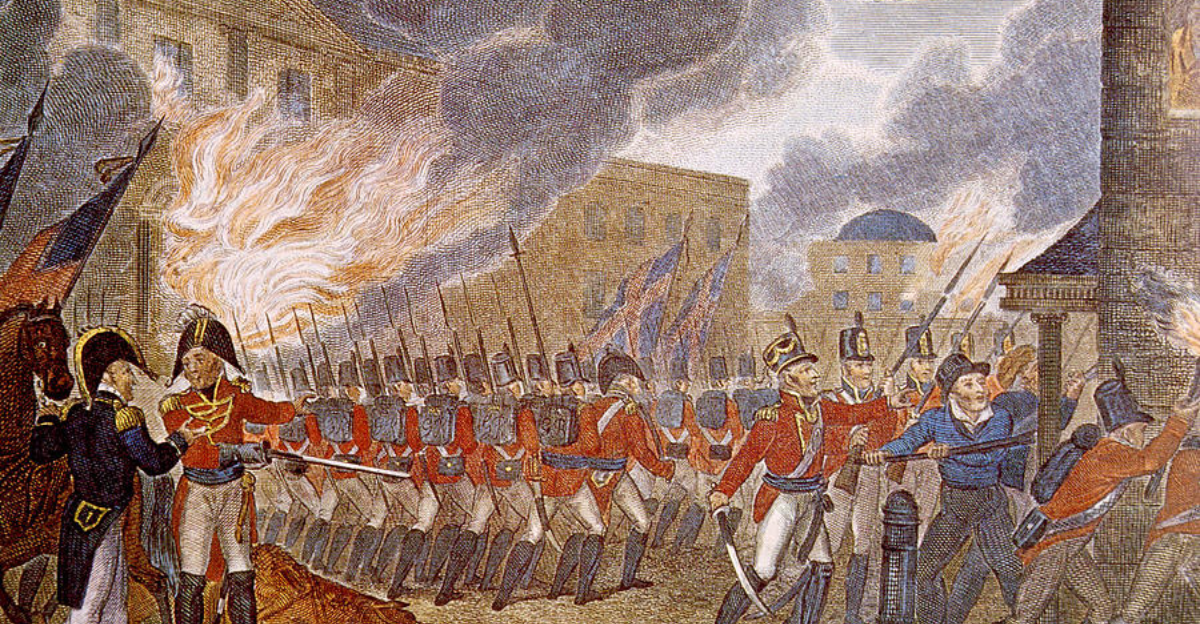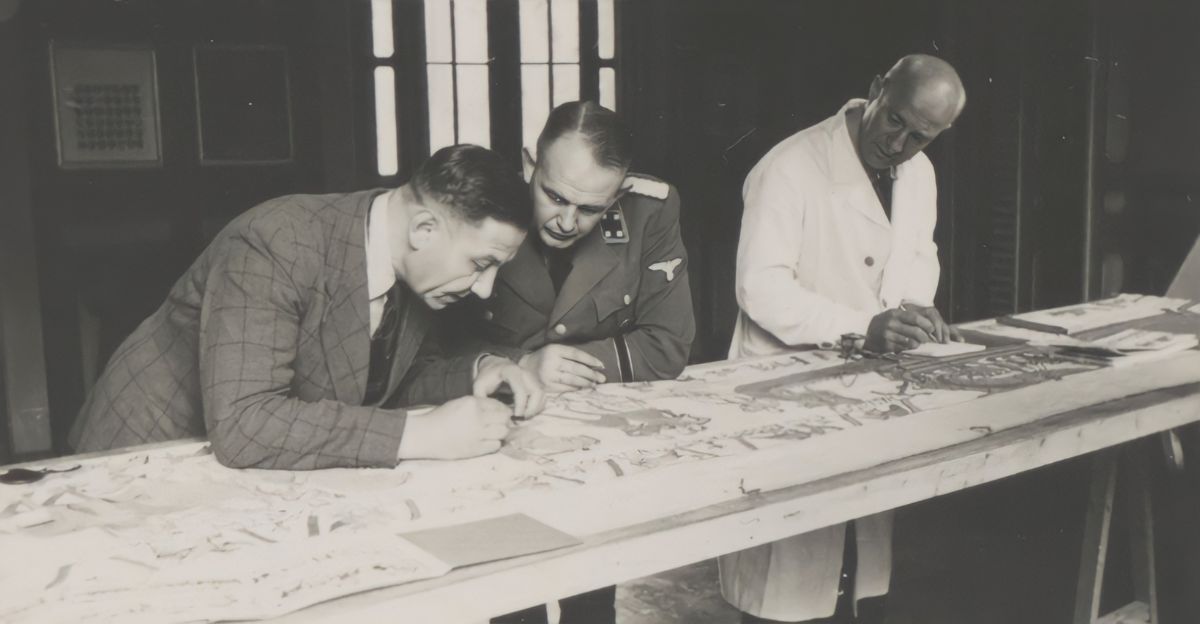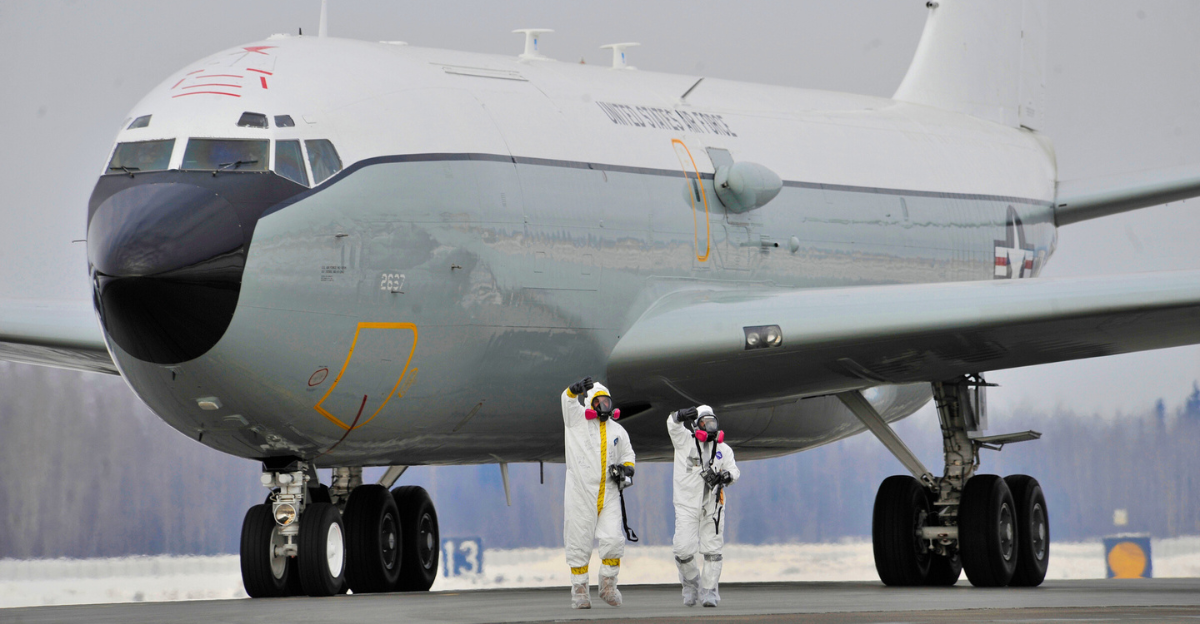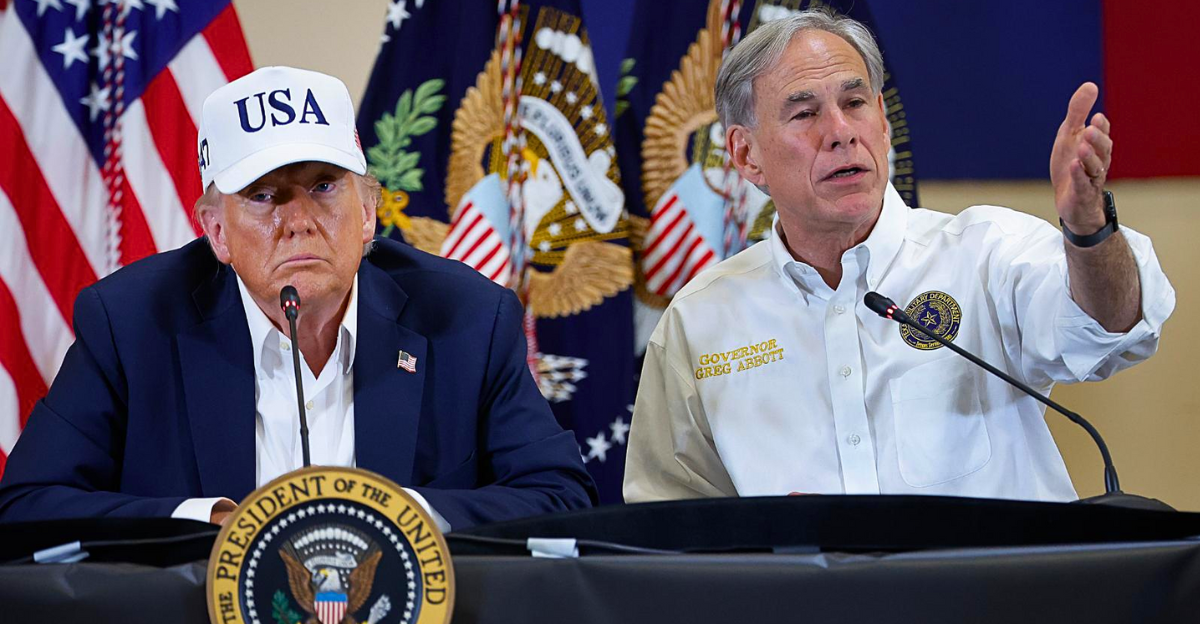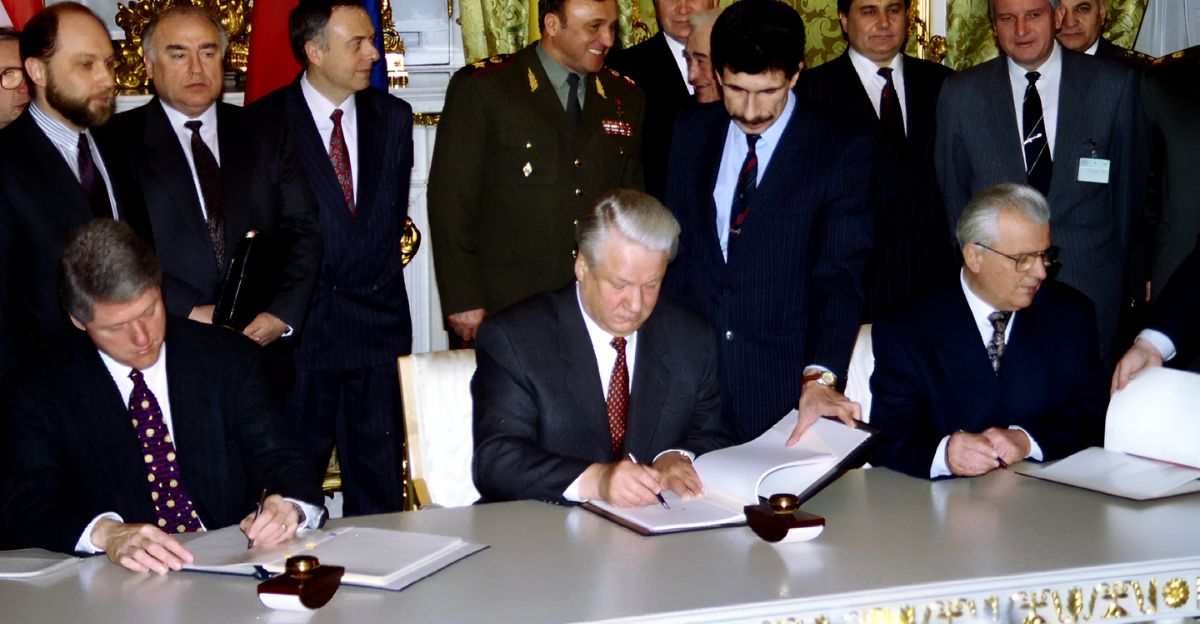
The Soviet Union was a formidable nation with large caches of weapons of mass destruction, including nuclear warheads. However, when the nation disbanded in 1991, much of its borders retracted, leaving thousands of nukes on foreign soil, including Ukraine.
With more than 1,700 warheads now within Ukraine’s borders, there was a dilemma. Ukraine had possession of them, but Moscow still had operational control over them, according to declassified National Security Council Memos.
What To Do With Them?
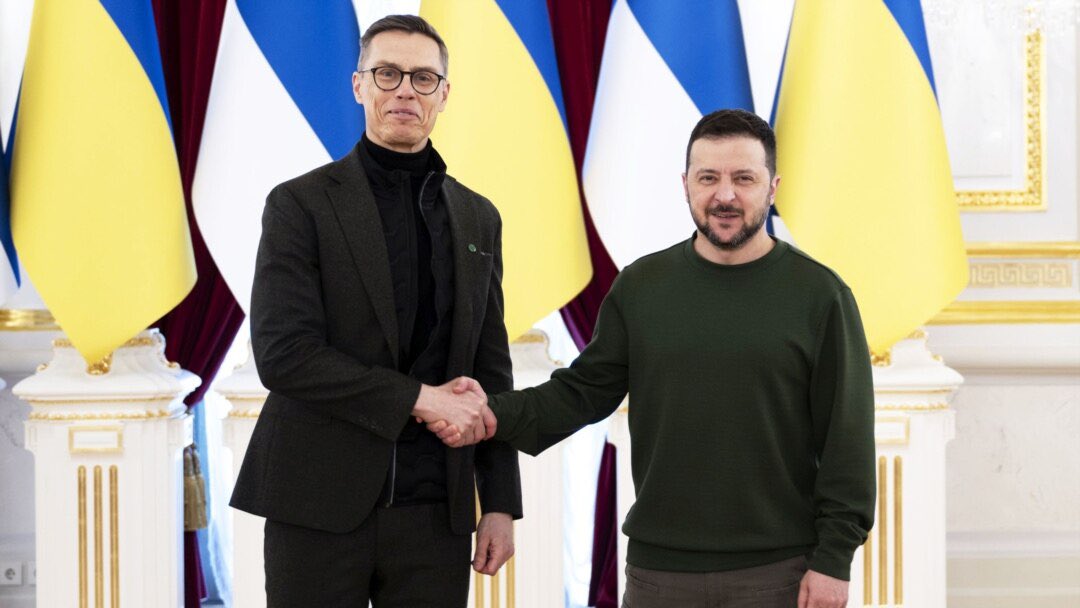
Ukrainian leaders were left with an important decision. In the wake of the Soviet Union’s end, they had munitions on their hands that they weren’t entirely sure what to do with.
It wasn’t practical to keep the nuclear warheads, and according to internal communications in newly surfaced documents, it wasn’t viable for the nation to hold on to the arsenal and maintain it.
The Role Of Deterrence
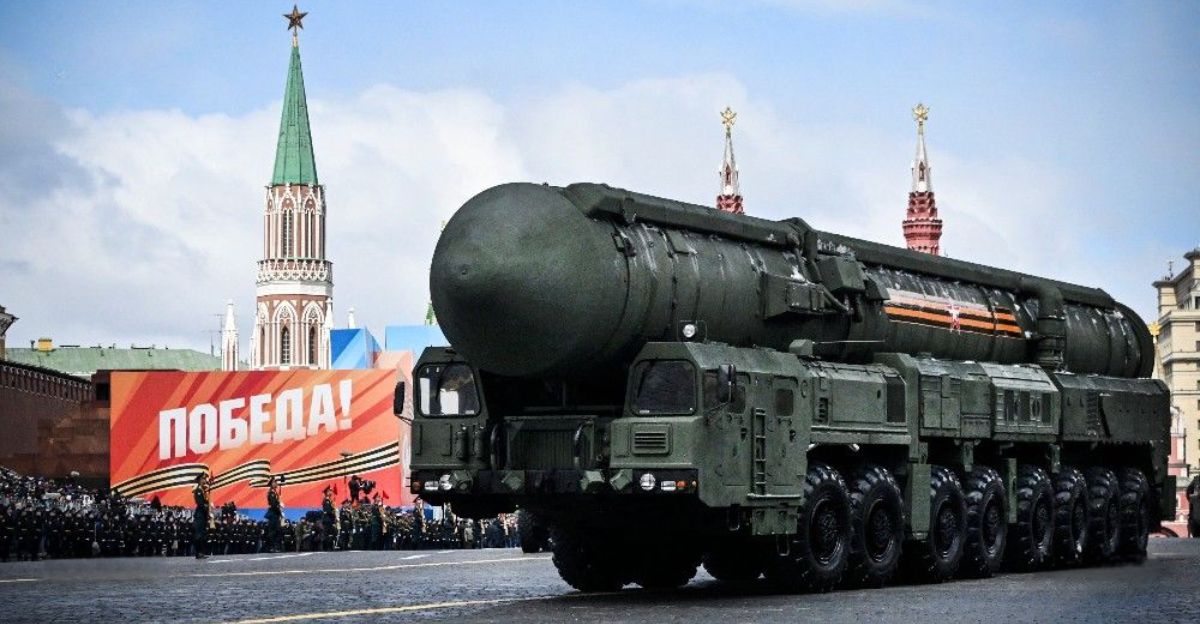
Even during times of peace, nations keep ordinances as an important deterrence from escalations and conflict. While publicly the nuclear warheads that Ukraine had provided served as a deterrence, officials knew the limited value they brought.
Russian launch codes were needed in order to ever use the warheads, codes that Ukraine lacked. This meant that they were essentially useless other than as a deterrent.
Non-Proliferation of Nuclear Weapons
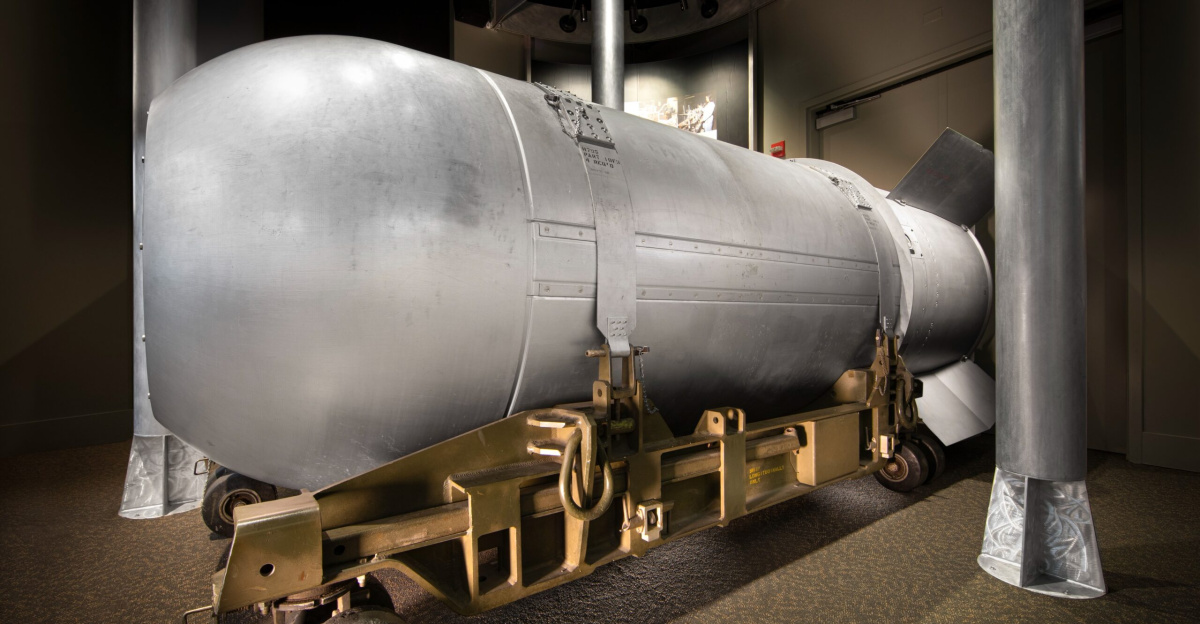
During this time, there was pressure brought to light from declassified diplomatic cables that showcased other nations wanting Ukraine to join the Treaty on the Non-Proliferation of Nuclear Weapons.
This was because Western powers didn’t want another nuclear state rising from the ashes of the Soviet breakup. Ukraine had to make a decision and either keep the warheads or give them up. Just four years later, a new memorandum would be signed, sealing the fate of the nuclear weapons.
The Budapest Memorandum
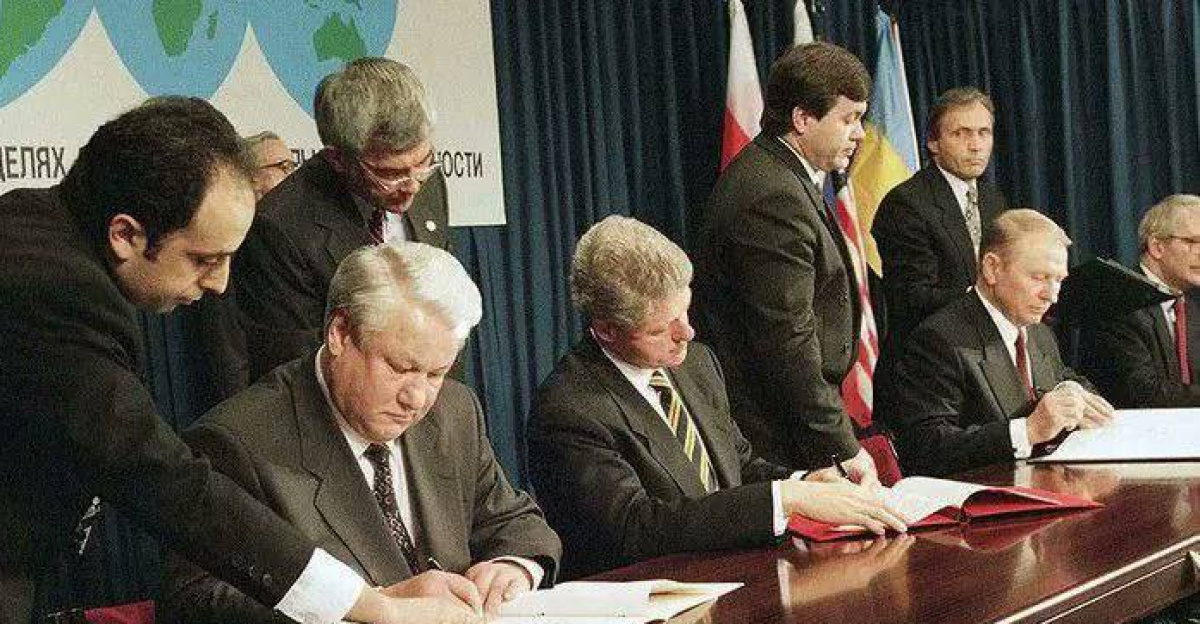
In December 1994, the Budapest Memorandum was signed by many different countries, including Russia, the United Kingdom, the United States, and Ukraine. This meant that the state ultimately signed away the nuclear warheads and got benefits out of the deal, including security assurances and territorial integrity.
The agreements made were not legally binding guarantees, but rather of a political nature between negotiators from the U.S. and Ukraine.
Economic Uncertainty

During this time, Ukraine was facing economic uncertainty and couldn’t afford the costs associated with the upkeep of the nuclear arsenal.
Communications between Ukraine’s President at the time, President Kravchuk, and his cabinet highlight that the costs were not viable, and dismantling them for Western aid was a far better move.
Symbolic Control
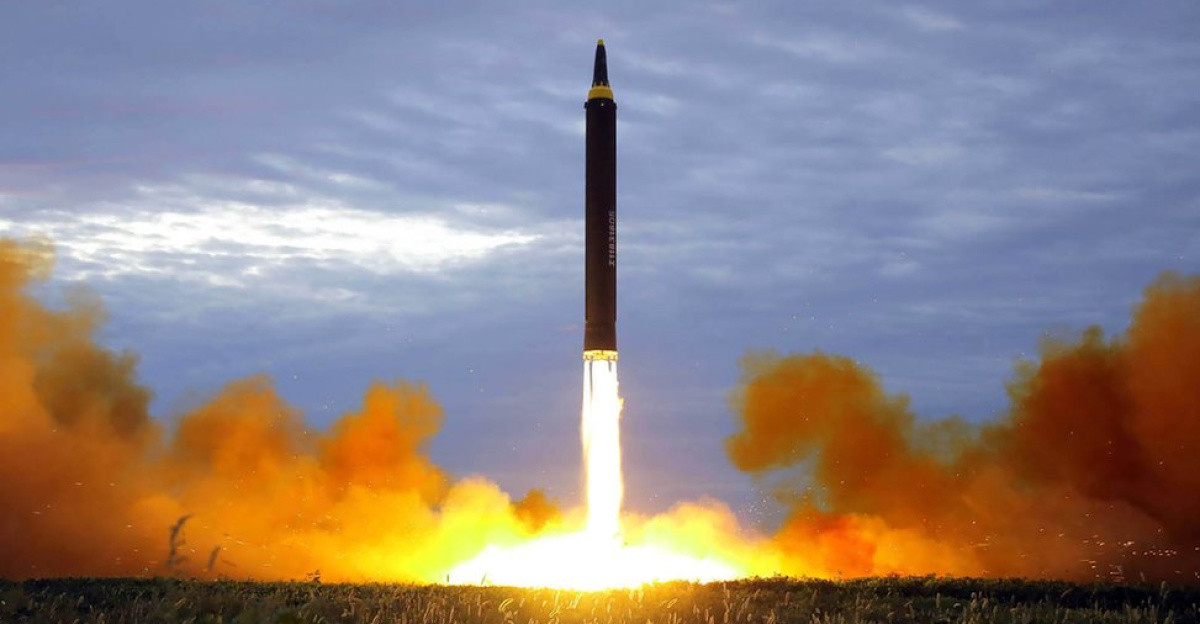
Around that time, Ukraine having nuclear weapons would have been a large benefit to the country, but while many thought that they were operational, the truth was that Russia still retained control over the launch systems.
The Trilateral Statement in 1994 highlighted that the nuclear weapons were more symbolic to Ukraine’s Government than actually being a real asset.
Internal Debates

Ukraine officials like Yuri Kostenko, the head of the Supreme Soviet’s working group on START ratification, cited concerns over a future where tensions could mount and Russia could prove to be an adversary.
However, most officials felt the need to dismantle the warheads and abolish the nation’s nuclear status. Many public opinions at the time, as well as analysis, only reaffirmed this decision.
The Trilateral Statement
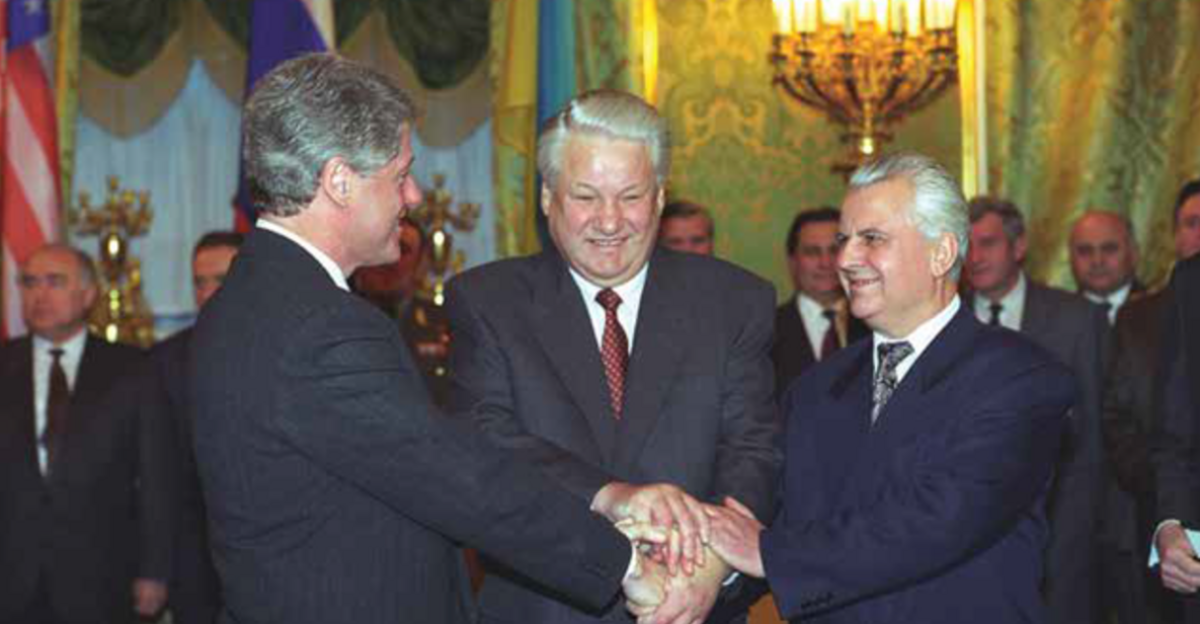
Negotiations took place in 1994 with the Trilateral Statement. After negotiations, Ukraine wanted numerous benefits for getting rid of its nukes, including monetary compensation and security guarantees.
The chief negotiator was Strobe Talbott, and the denuclearization was brokered between the nations. Ukraine was to give the warheads to Russia, and their benefits were outlined in diplomatic records and the agreement itself.
Lessons From Emerging Evidence
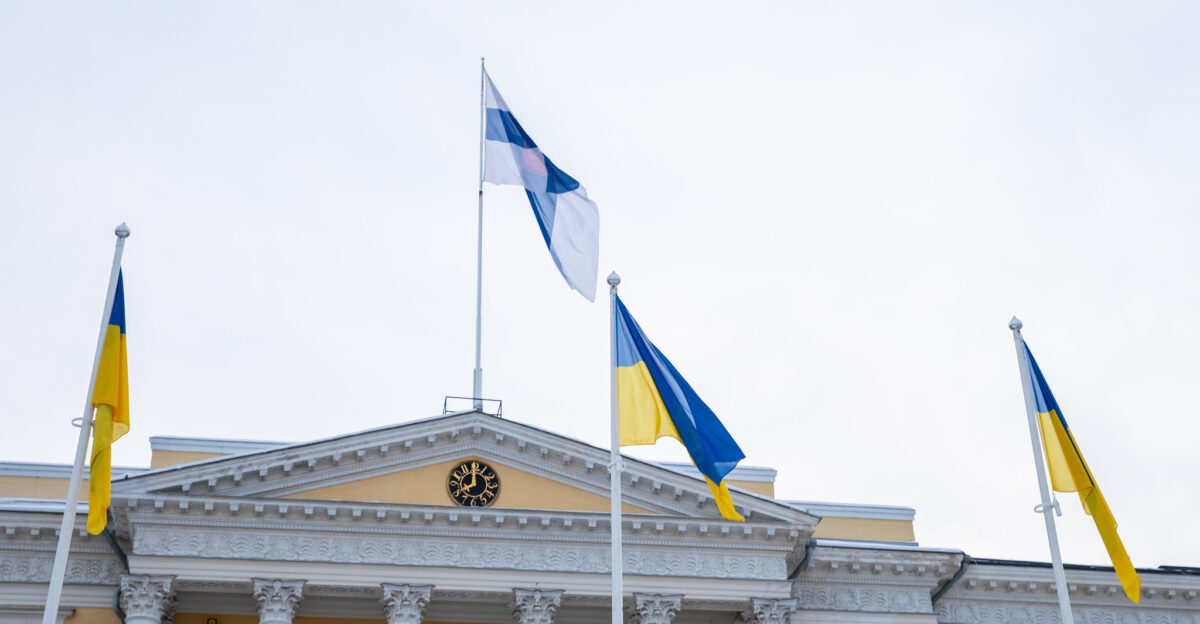
Why Ukraine decided to give up its nuclear weapons was never a grand secret, but was still under speculation and scrutiny. Now however, with emerging documents including declassified diplomatic transcripts, NSC memos, and internal Ukrainian government communications, we have the full picture.
Keeping its nuclear arsenal was never an achievable dream to begin with. An alternative future where Ukraine kept its nukes wouldn’t have been possible without having forewarned economic and political consequences in a nation that was already constrained.

